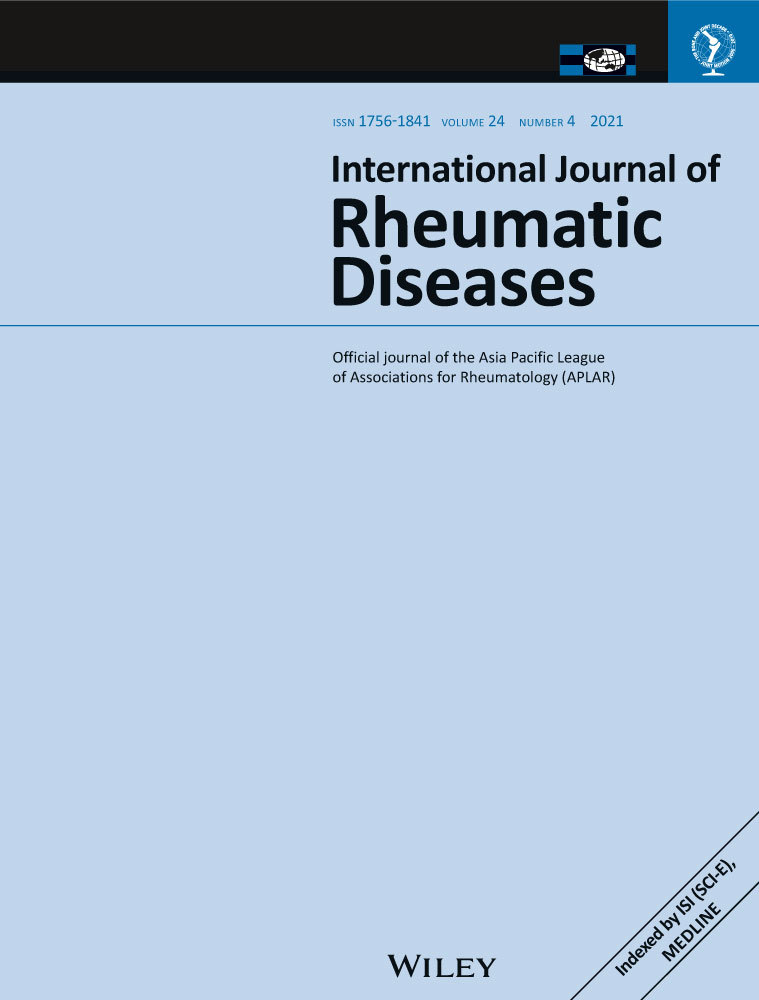Identification of serum interleukin-13 and interleukin-13 receptor subunit expressions: Rheumatoid arthritis–associated interstitial lung disease
Abstract
Aim of the work
To identify the role of serum IL-13, and its receptor subunit expressions as a serologic marker of rheumatoid arthritis (RA)-associated ILD (RA-ILD).
Patients and Methods
Fifty RA patients with ILD and 50 RA patients without ILD were examined, in addition to 50 controls. Disease Activity Score in 28 joints (DAS-28), the Health Assessment Questionnaire (HAQ), and medication history were evaluated. ESR, CRP, RF, Anti-CCP, Serum Krebs von den Lungen-6 (KL-6), surfactant protein D (SP-D) levels, Interleukin 13 and its receptors (IL-13 Rα1 and L-13 Rα2), and mRNA relative expression levels in peripheral blood mononuclear cells (PBMCs) were measured. High-resolution computed tomography (HRCT) scores were used with all RA patients with interstitial lung disease.
Results
Mean age, percent of male affection, duration of the disease, DAS28 and MHAQ were significantly higher in the RA–ILD group than in the RA–no ILD group. ESR, CRP, RF, anti-CCP, serum KL-6, SP-D, IL-13 levels, IL-13 Rα1and IL-13 Rα2 mRNA expressions were significantly increased in RA patients compared to controls; in addition, their levels were significantly higher in the RA–ILD group than in the RA–no ILD group. Serum IL-13 levels and IL-13 Rα1and IL-13 Rα2 were positively correlated with RF, Anti-CCP, KL-6, SP-D, and the HRCT score (P < .001).
Conclusions
Serum IL-13 and its receptor subunit expressions are useful biomarkers which can be used in detecting severity of the interstitial lung disease in RA patients.
CONFLICT OF INTEREST
No conflict of interest.




